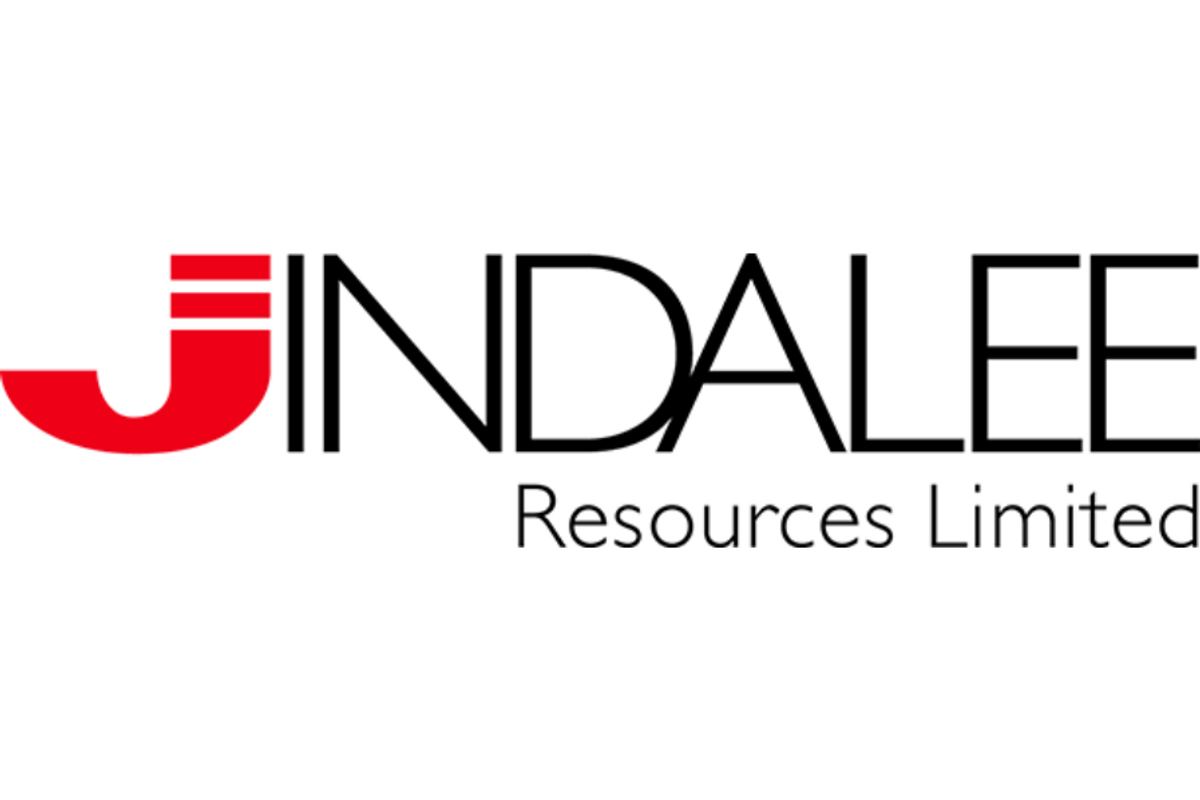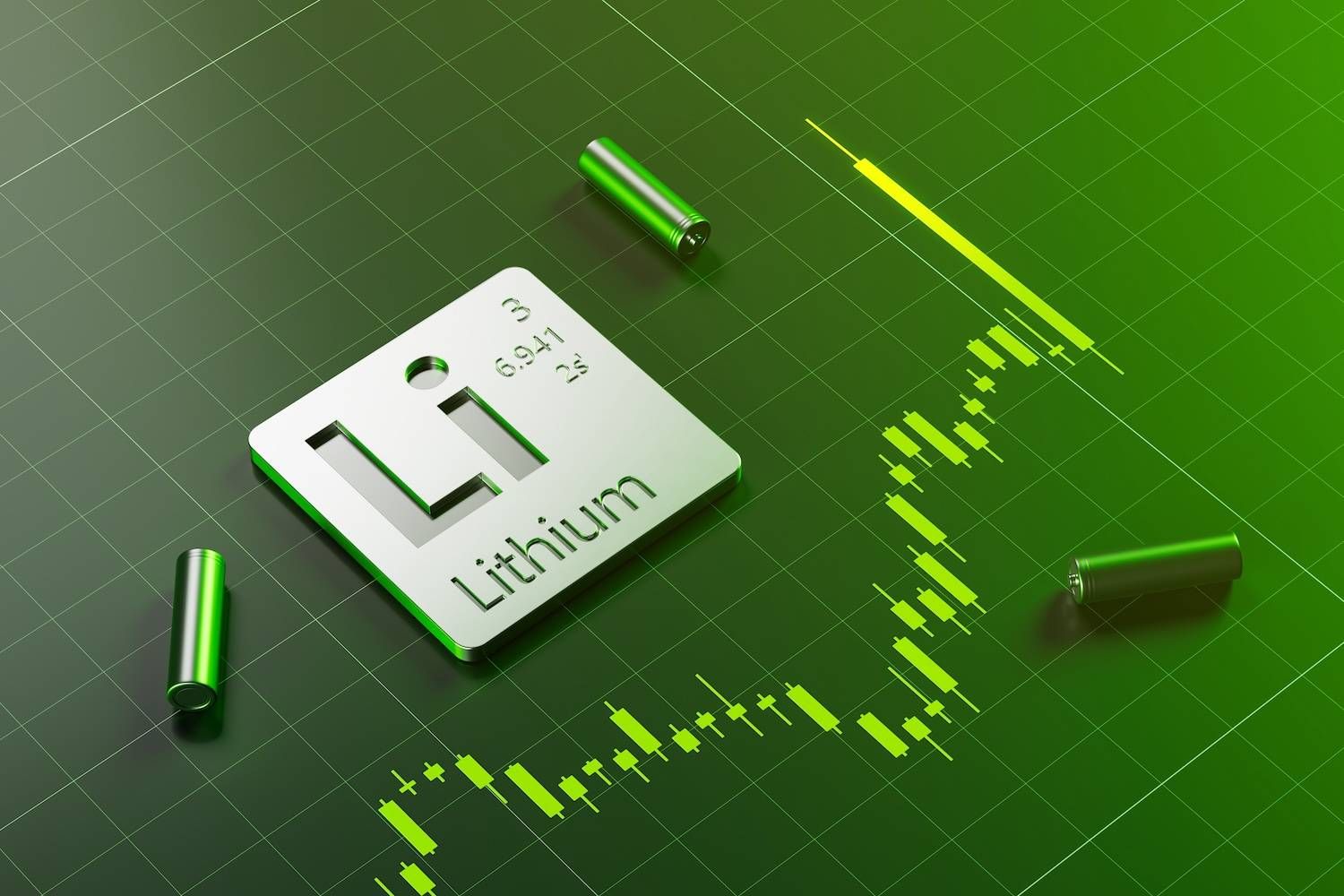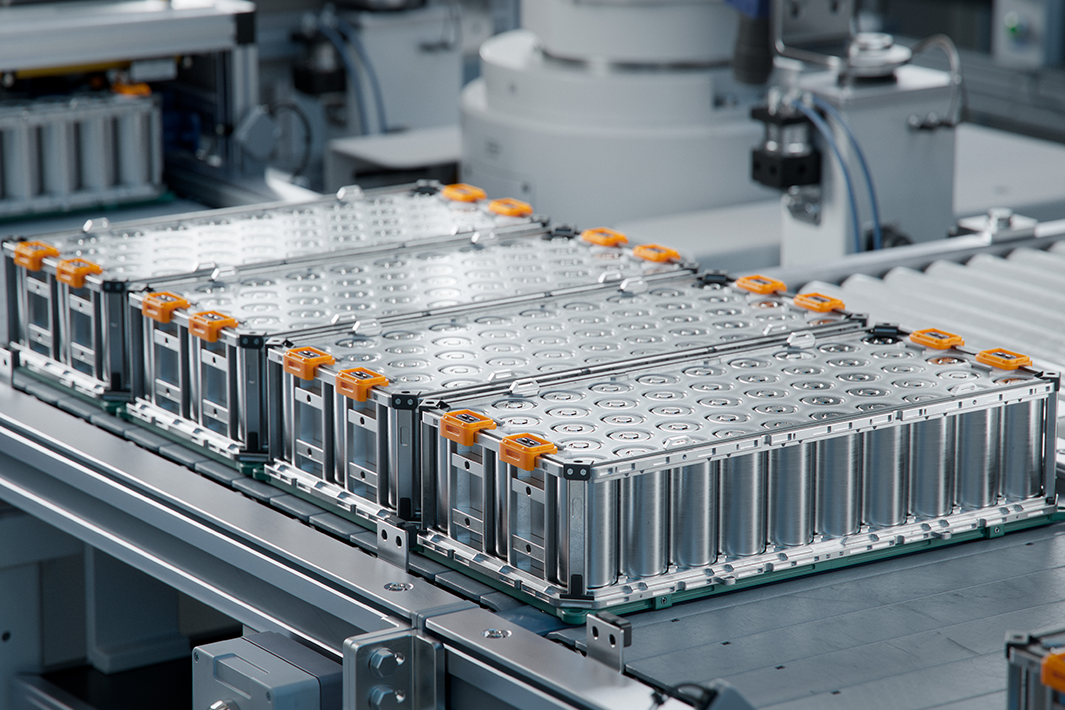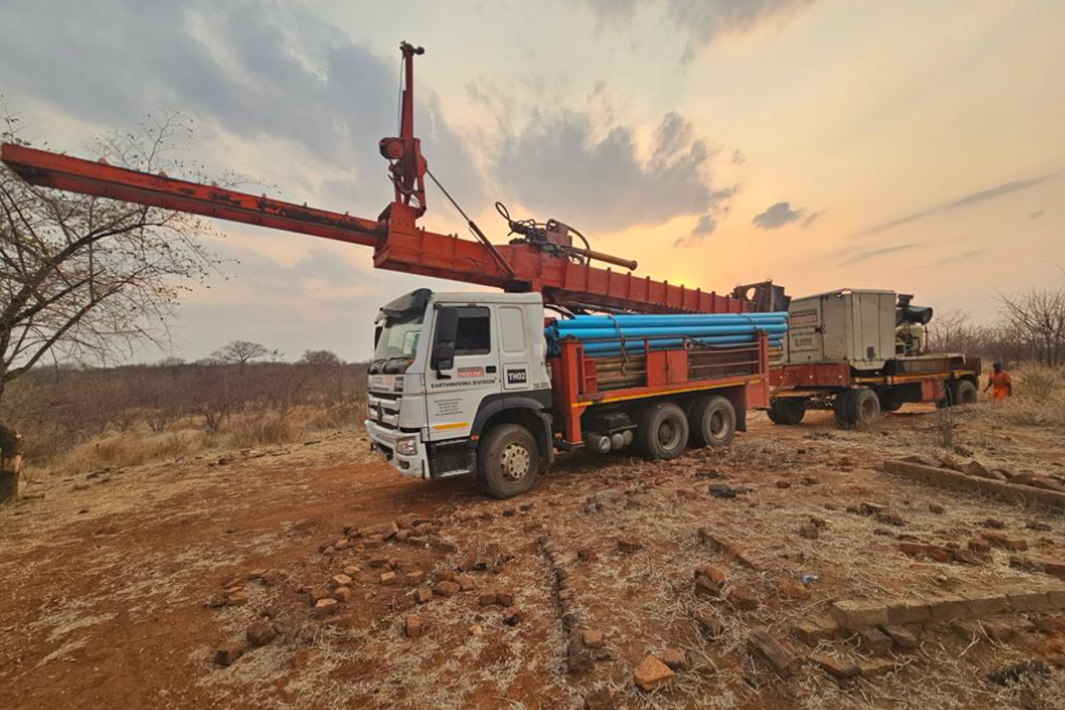
February 12, 2023
Jindalee Resources Limited (Jindalee, the Company) is pleased to advise that it has signed a Non- Binding Memorandum of Understanding (MOU) with major Korean conglomerate POSCO Holdings Inc. (NYSE: PKX) (POSCO).
- POSCO and Jindalee to undertake joint research regarding Jindalee’s McDermitt Lithium Project (USA)
- POSCO to fund metallurgical testwork on McDermitt ore
- Results from testwork expected by mid 2023
Under the terms of the MOU POSCO and Jindalee agree to undertake joint research designed to optimise the flowsheet for processing ore from Jindalee’s 100% owned McDermitt Lithium Project (USA)1. Jindalee will provide a large composite sample from McDermitt for testing at POSCO’s research facility in Korea. This MOU follows initial analysis of a smaller sample of McDermitt ore undertaken by POSCO in 2022.
POSCO advises that testing of the McDermitt ore will investigate three separate metallurgical processes. The testwork is expected to take approximately six months at a cost of approximately A$2M, which will be funded entirely by POSCO. POSCO and Jindalee will jointly evaluate the commercialisation of the Project following completion of the testwork.
Jindalee’s Chairman Justin Mannolini commented: “I am delighted that Jindalee has been able to sign a MOU with POSCO Holdings, a leading Korean company and lithium producer as well as supplier of cathode active materials to major US auto maker General Motors. This arrangement will allow Jindalee to further examine the potential of the McDermitt Lithium Project in Oregon, a very large and strategically important domestic source of lithium for the US battery industry. We look forward to receiving the results from POSCO’s testwork as part of our efforts to accelerate development of McDermitt through 2023.”
Authorised for release by the Board of Jindalee Resources Limited.
Click here for the full ASX Release
This article includes content from Jindalee Resources Limited, licensed for the purpose of publishing on Investing News Australia. This article does not constitute financial product advice. It is your responsibility to perform proper due diligence before acting upon any information provided here. Please refer to our full disclaimer here.
The Conversation (0)
29 December 2025
SQM, Codelco Seal Landmark Lithium Joint Venture in Salar de Atacama
Sociedad Quimica y Minera (SQM) (NYSE:SQM) and Codelco have finalized their long-awaited partnership, forming a new joint venture that will oversee lithium production in Chile’s Salar de Atacama through 2060.SQM announced on Saturday (December 27) that it has completed its strategic partnership... Keep Reading...
24 December 2025
Altius Minerals to Expand Portfolio with C$520 Million Lithium Royalty Deal
Altius Minerals (TSX:ALS,OTCQX:ATUSF) is making a bet on a lithium market recovery, agreeing to acquire Lithium Royalty (TSX:LIRC) in a C$520 million deal that will expand its exposure to battery metals.Under a definitive agreement announced by the two companies on Monday (December 22), Altius... Keep Reading...
23 December 2025
Liontown's First Tjiwarl Member Completes Apprenticeship at Kathleen Valley
Liontown (ASX:LTR,OTC Pink:LINRF) has reached a milestone at its Kathleen Valley operations, with Vaughan Harris becoming the first Tjiwarl community member to complete an apprenticeship with the company.“Being the first Tjiwarl apprentice to complete an apprenticeship here at Liontown feels... Keep Reading...
22 December 2025
Lithium Market 2025 Year-End Review
The global lithium market endured a bruising 2025, with persistent oversupply and softer-than-expected electric vehicle (EV) demand driving prices for the battery metal to multi-year lows.Lithium carbonate prices in North Asia slipped below US$9,550 per metric ton in February — their weakest... Keep Reading...
11 December 2025
Mining the Gap: 5 Forces Shaping North America’s Lithium Supply Chain
A convergence of industry investments, government initiatives and a shifting global trade dynamic is creating an environment ripe for the development of a North American battery supply chain, with lithium playing a leading role. These trends are reshaping the region’s industrial base and opening... Keep Reading...
10 December 2025
Rock Bottom: Strategic Window for Ground-level Lithium Investment
When lithium prices hit bottom, savvy investors know that’s exactly where the next big discovery begins — literally. Beneath the surface of global markets and remote exploration grounds, new opportunities are forming in the wake of a sharp price reset and renewed geopolitical urgency.Recent... Keep Reading...
Latest News
Interactive Chart
Latest Press Releases
Westport Announces Board of Directors Update
02 January
Related News
TOP STOCKS
American Battery4.030.24
Aion Therapeutic0.10-0.01
Cybin Corp2.140.00





